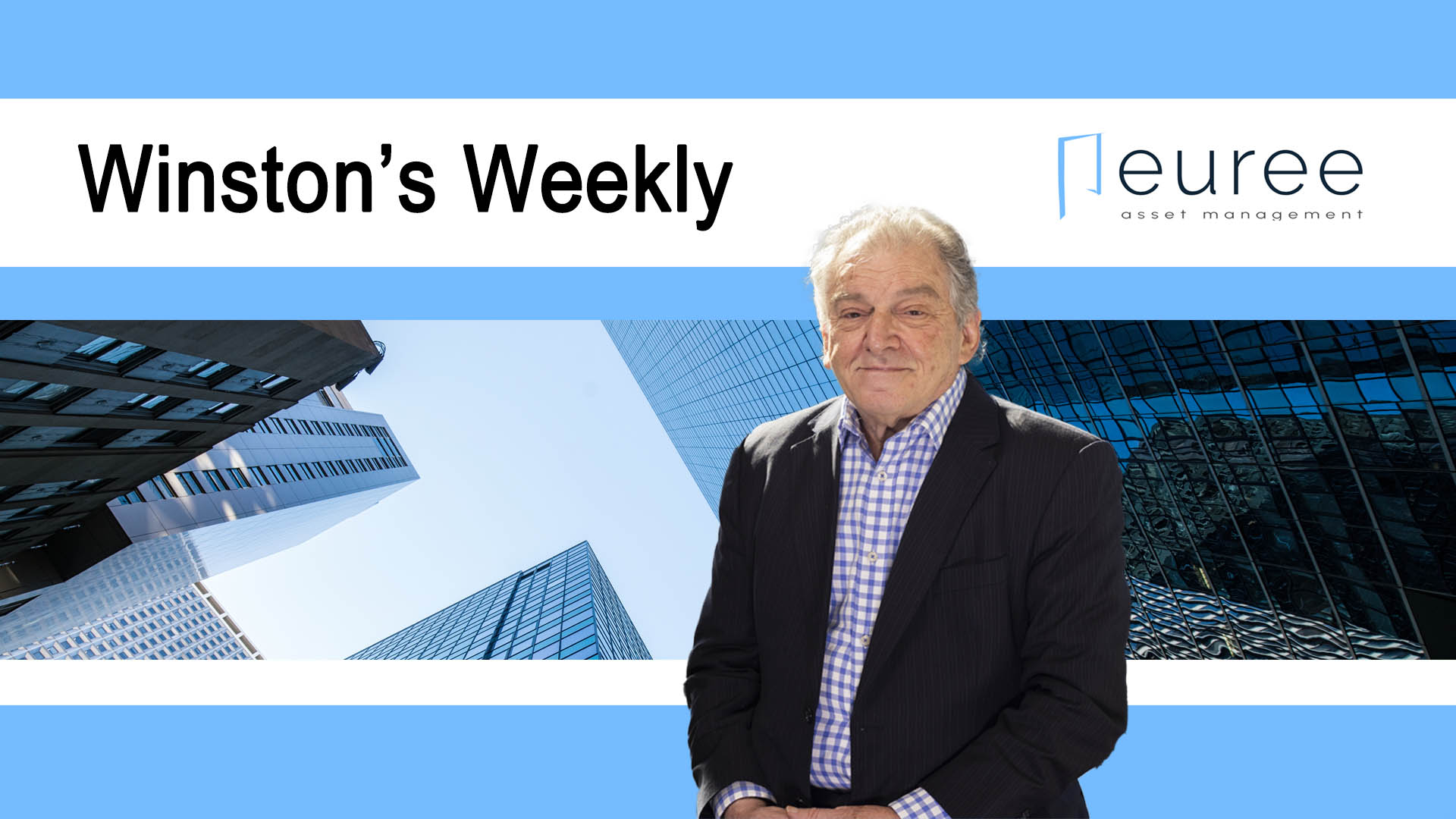Euroz Hartleys senior analyst Michael Scantlebury says “sensationalist” headlines about the end of mining are grossly exaggerated.
Speaking on the opening day of the RIU Sydney Resources Round-up, Scantlebury said we’re likely “in the foothills” of the energy transition supercycle.
While grim headlines about mining were the norm back in 2016 when large companies like Glencore were at its knees due to a heavy debt load and slumping commodity prices, Scantlebury pointed to a headline as recently as last month which stated Australia’s resources exports would plummet by more than A$100 billion by the end of the decade.
The headline was based on the latest forecasts from the Australian government’s Office of the Chief Economist.
“You think from reading that the mining industry is all over but what does that actually assume in those numbers that they have the revenue falling by over A$100 billion?” Scantlebury said.
That forecast assumes an iron ore price of US$75 per tonne, down from its current price of US$110/t.
“If I had A$1 for every time I heard someone say that iron ore was going to be heading back to US$75/t in the last 10 years, I'd be a very rich man,” Scantlebury said.
The government also forecasts gold to pull back to less than US$2000 an ounce from US$2300/oz and thermal and coking coal to each shed more than US$50/t to sub-US$100/t and sub-$200/t respectively.
“And we've got copper staying at US$9300/t – just flat through to the end of the decade,” Scantlebury said.
“No incentive pricing, but don't worry, we'll just increase copper supply by 30%.
“There's truly crazy demand for copper, but there's no forecast for incentive pricing to bring on that new supply.”
Scantlebury said it got him thinking about consensus pricing for commodities which he acknowledged sounded like a boring topic but was very important.
“And why does it matter? Because these price assumptions feed into analysts’ models,” he said.
“Pricing forecasts that will feed into the evaluations, earnings forecasts, and it can be a key driver of equities in the market.
“And if you think that that doesn't really matter, you can look at Liontown, for example.”
In January, a consortium of lenders pulled a A$760 million debt package to fund Liontown’s Kathleen Valley development due to lithium price forecasts by Wood Mackenzie.
In March, the company secured a smaller (A$550 million), shorter-dated loan to complete the project.
Scantlebury pointed out that when the lithium price surged in 2021-22, analysts forecast “stronger for longer” pricing.
“What happened was the complete opposite – the price got absolutely crushed and now we're on the back end of it and people are calling for lower prices for longer,” he said.
“Consensus forecasts are reactive and not proactive.”
Copper
Last decade, Scantlebury said the copper price was consistently overcalled amid overcapacity in the sector.
“We’re almost in the opposite scenario as we speak right now,” he said.
“You've got forecasts out there for how much money needs to be spent in the copper space to increase supply to feed into this energy transition.
“However, I don't believe you just get this increased spending in capital without incentive pricing.”
Copper is currently trading at around US$9800/t after briefly eclipsing US$10,000/t last month.
Goldman Sachs has forecast an average copper price of US$15,000/t for 2025.
“That's the kind of incentive pricing required to draw in fresh capital from outside the resource sector to expand supply,” Scantlebury said.
Last month, BHP made a A$60 billion takeover offer for Anglo American with the focus being Anglo’s substantial copper portfolio.
Scantlebury said it was interesting that BHP was willing to pay a 19% premium over Anglo’s median net asset value among analysts.
“Why are BHP paying a premium to what the analysts are saying it's worth? The only read-through on that would be they’re assuming a higher copper price assumption in their models,” he said.
“And I'm not one to one to give BHP credit but you'd hope the second largest copper producer on the planet would know a thing or two about the copper price going forward.”














